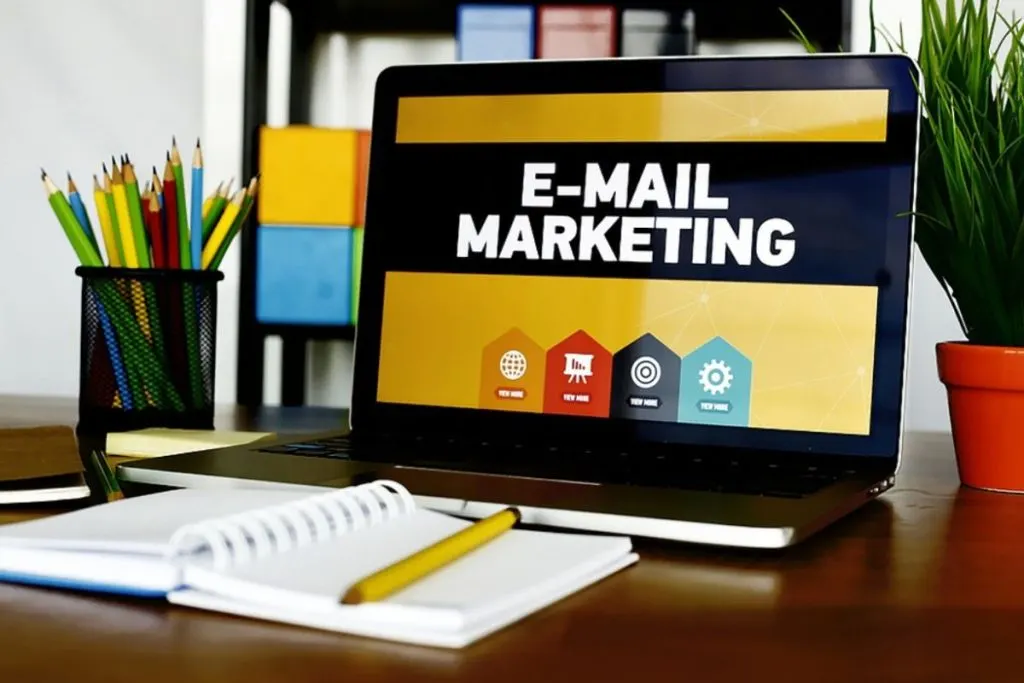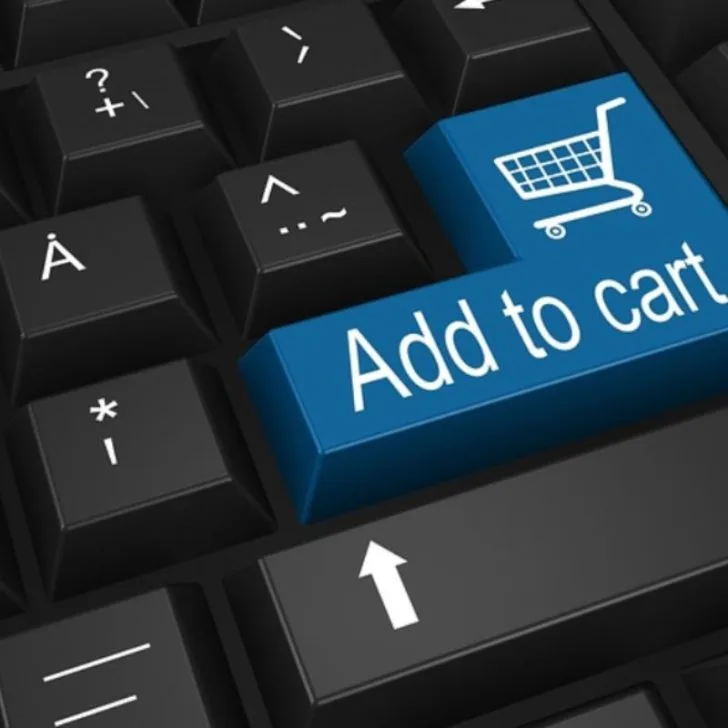In today’s digital age, ecommerce has become a vital channel for businesses of all sizes to reach customers and drive sales. However, with so many businesses competing for attention online, it can be challenging to stand out and generate consistent sales.
Fortunately, there are proven ways to increase sales on your ecommerce website to help you succeed in the competitive world of ecommerce.
From optimizing your product pages to leveraging social media and offering a flexible return policy, these ten strategies are designed to help you engage with customers, build loyalty, and drive conversions.
Identify and Understand Your Target Audience
Knowing your customers’ demographics, preferences, and pain points enables you to tailor your marketing and product offerings to better meet their needs. This approach can lead to increased customer engagement, loyalty, and, ultimately, sales.
To get to know your target market, you can start by conducting market research, which may involve surveys, focus groups, or customer interviews. You can also analyze website data, social media analytics, and sales data to gain insights into customer behavior and preferences.
You can leverage these insights to create targeted marketing campaigns, optimize your website for conversion, and provide a seamless customer experience that meets the unique needs of your target market.
Use Social Media
By establishing a solid presence on social media platforms such as Facebook, Instagram, and Twitter, you can reach a wider audience and drive traffic to your website. To get started, create social media profiles for your brand and use them to showcase your products, share customer testimonials, and post engaging content.
You can also use social media advertising to target specific audiences with personalized messaging and promotions. Further, you can leverage influencer marketing by partnering with social media influencers with a large following in your target market.
Building a solid social media presence and engaging with your audience can help you build brand loyalty and drive more sales to your ecommerce website.
Meet Customers Where They Are
This means being present on platforms where your customers spend their time and engaging with them in a way that aligns with their preferences. To do this, ensure your ecommerce shop is optimized for the platform’s features and functionality, including product titles, descriptions, and tags.
Consider diversifying your presence on social media platforms, such as Instagram or Pinterest, where your target audience may be active, to drive traffic to your shop and increase sales.
You should also interact with customers through the platform’s messaging system, respond promptly to inquiries, and offer personalized recommendations to encourage repeat business.
Monitor and Analyze Your Metrics

Monitoring and analyzing your metrics is critical as it helps you understand your website’s strengths and weaknesses.
For instance, if you sell on Etsy or Poshmark, tracking key performance indicators like traffic sources, conversion rates, and customer behavior can help you gain valuable insights into your shop’s performance.
These insights allow you to identify areas for improvement and optimize your website’s design and marketing strategies accordingly.
Use website analytics tools such as Google Analytics to track your website’s traffic sources, bounce rate, and other KPIs. You can also set up conversion tracking to measure your marketing campaign’s effectiveness and identify improvement areas.
You must regularly review and analyze your metrics, as this can help you make data-driven decisions and continually optimize your ecommerce website for increased sales and revenue.
Use Personalization Techniques
Tailoring your customers’ shopping experiences to their individual preferences can help you create a more engaging and personalized experience that drives conversions.
To personalize your ecommerce website, use customer data such as purchase history, browsing behavior, and demographic information to recommend products, offer personalized promotions, and display relevant content.
Additionally, you can use personalization in your email marketing campaigns by segmenting your audience and sending personalized messaging based on each customer’s interests and behavior.
Personalization techniques can help you create more engaging and relevant shopping experiences that lead to increased customer loyalty and higher sales.
Optimize Your Product Pages
A well-optimized product page can make it easier for potential customers to find and buy what they’re looking for. It can also improve the user experience, increasing customer loyalty and repeat purchases.
To optimize your product pages, focus on factors such as product descriptions, images, pricing, and customer reviews. You can also use keyword research to ensure your product pages are optimized for search engines.
You should also consider implementing features like upselling and cross-selling to encourage customers to buy more. Also, make sure that your website is mobile-friendly and easy to navigate, as this can significantly impact customer satisfaction and sales.
Leverage User-Generated Content
Showcasing authentic content created by your customers, such as product reviews, social media posts, and photos, can help you build trust and credibility with potential buyers.
To incorporate user-generated content into your ecommerce strategy, you can encourage customers to leave reviews. They can also share their experiences on social media using branded hashtags or by tagging your account.
You can also display these products on your website’s product pages or in your marketing campaigns to showcase real-life examples of your products in use. Tapping into the power of UGC can help you establish a sense of community around your brand and inspire potential customers to purchase.
Have an Effective Email Marketing Strategy

With email marketing, you can build a loyal customer base, keep them engaged with your brand, and encourage repeat purchases.
To achieve this, segment your email list based on customer behavior and preferences, such as purchase history and product interests. Then create targeted campaigns that cater to each group’s specific needs.
It’s essential for you to use attention-grabbing subject lines and personalized content that resonates with your audience to increase open and click-through rates. Additionally, you can offer exclusive promotions, discounts, and early access to new products to incentivize customers to purchase.
Remember to analyze your email campaign’s performance regularly and adjust your strategy based on the insights to ensure you achieve maximum results.
Offer a Flexible Return Policy
A flexible return policy helps you build trust with customers, encourages them to purchase, and increases the likelihood of repeat business.
To create a flexible return policy, clearly communicate your policy on your business homepage and product pages, highlighting the timeline for returns and any conditions or restrictions.
Consider offering free return shipping, store credit, and refunds to incentivize customers to purchase. It’s also important to respond promptly to customer inquiries about returns and provide a seamless and hassle-free return process.
Partner with Complementary Brands
Collaborating with other businesses that share your target audience can expand your reach, build brand awareness, and tap into new customer segments.
To do this, identify brands that complement your products, such as those that offer complementary items or target a similar audience, and reach out to them to discuss potential partnership opportunities.
Consider offering exclusive discounts or bundles featuring products from both brands to incentivize customers to purchase. You can also promote the partnership on social media and other marketing channels to increase brand visibility and drive traffic to your business.
Conclusion
Increasing sales on your ecommerce website requires a well-rounded approach that considers various factors. They include optimizing product pages, meeting customers where they are, email marketing strategies, flexible return policy, and partnerships, among others.
It’s important to remember that ecommerce is a constantly evolving landscape, and your business must adapt and evolve its strategies to stay relevant and thrive in the long term.
By implementing these proven strategies, you can stay ahead of the curve and achieve your ecommerce business goals.

